6 best years for PC hardware I wish I were living in instead of 2025
Saying 2025 sucks for PC hardware is an understatement. Most of the latest CPUs and GPUs have offered little incentive to upgrade, and paper launches combined with inflated prices have made the situation even worse. While these disappointing trends have been a thing since 2024 , the years before weren't as bad.
The best years for PC hardware aren't just those that pushed the industry forward. This is a personal list, so I've included the years that had the biggest impact on me as a PC enthusiast — times when I was enamored by the hardware available, wanting to get my hands on landmark components. Maybe it's the nostalgia-tinted glasses, but I strongly wish I were living in 2020 or 2016 right now.
2006: The dual-core era and Nvidia's dominance
Intel Core 2 Duo and GeForce 8800 GTX
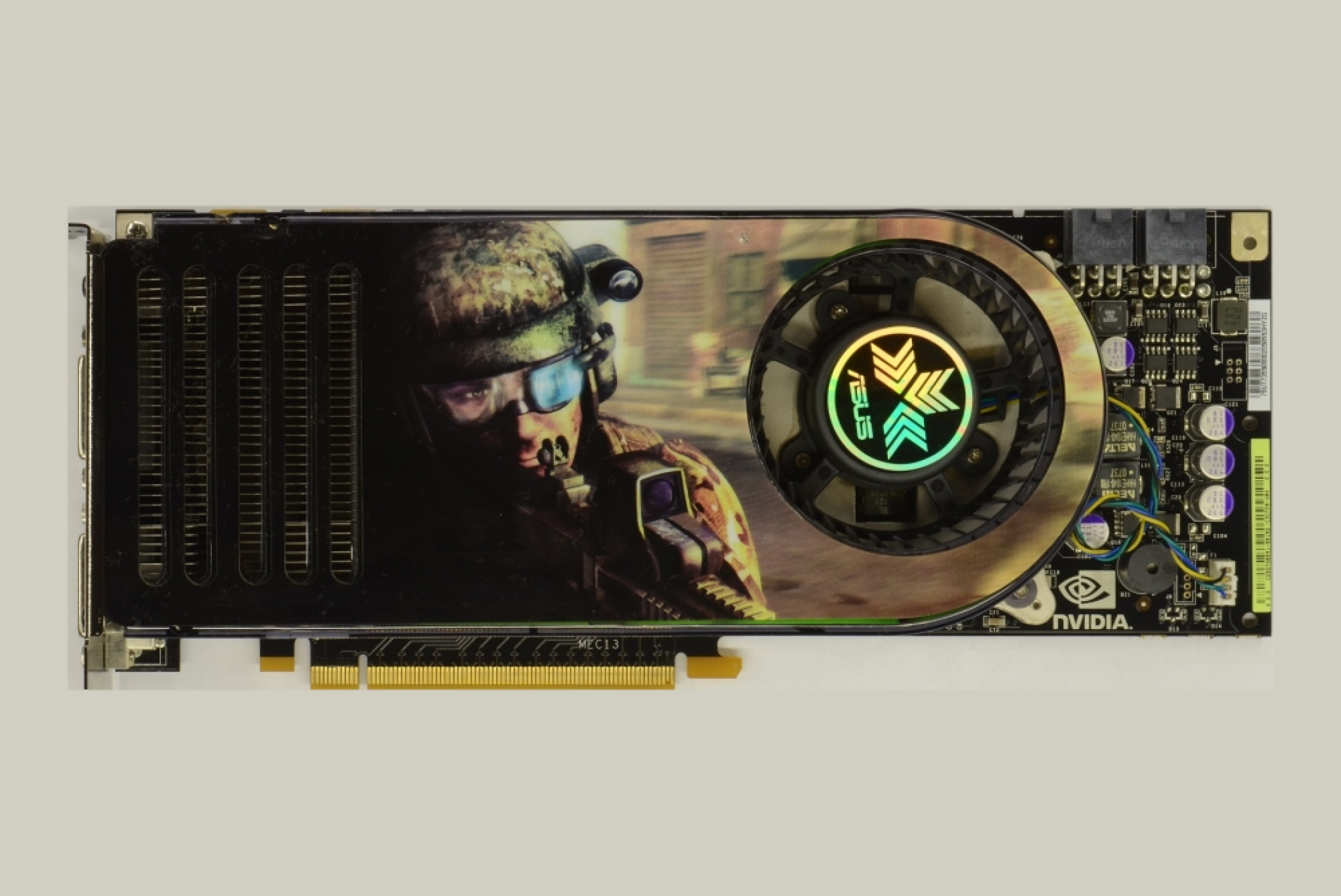
I remember the mid-2000s as a fascinating period — my brother and I got the chance to build our first custom PC , and we jumped from the Pentium III to the iconic Core 2 Duo platform. Intel's newest dual-core chips finally ended AMD's Athlon 64 dominance, and kick-started a long era of Intel leadership over the next 10 years. 2006 and 2007 made high-performance dual-core CPUs affordable for the average user, with chips like the Core 2 Duo E6300 leading the pack.
2006 was also the year of the legendary GeForce 8800 GTX, Nvidia's flagship GPU that wiped the floor with ATI's top-end Radeon X1950. The 8800 GTX remains one of the only components I wish my childhood self could have experienced . The G80 series, as it was commonly known, was the first to support the new DirectX 10 API, and became the de facto standard for consumer graphics. After that, Nvidia enjoyed a long period of dominance over AMD (the company acquired ATI in 2006) before the next phase of the GPU wars began.
Unlike 2025, the mid-2000s were a time of great innovation with both CPU and GPU companies breaking new ground. I hope we get to see more of that again, sooner rather than later.
2010: Quad-core revolution and AMD's next-gen GPU
Core i5-760 and Radeon HD 5870
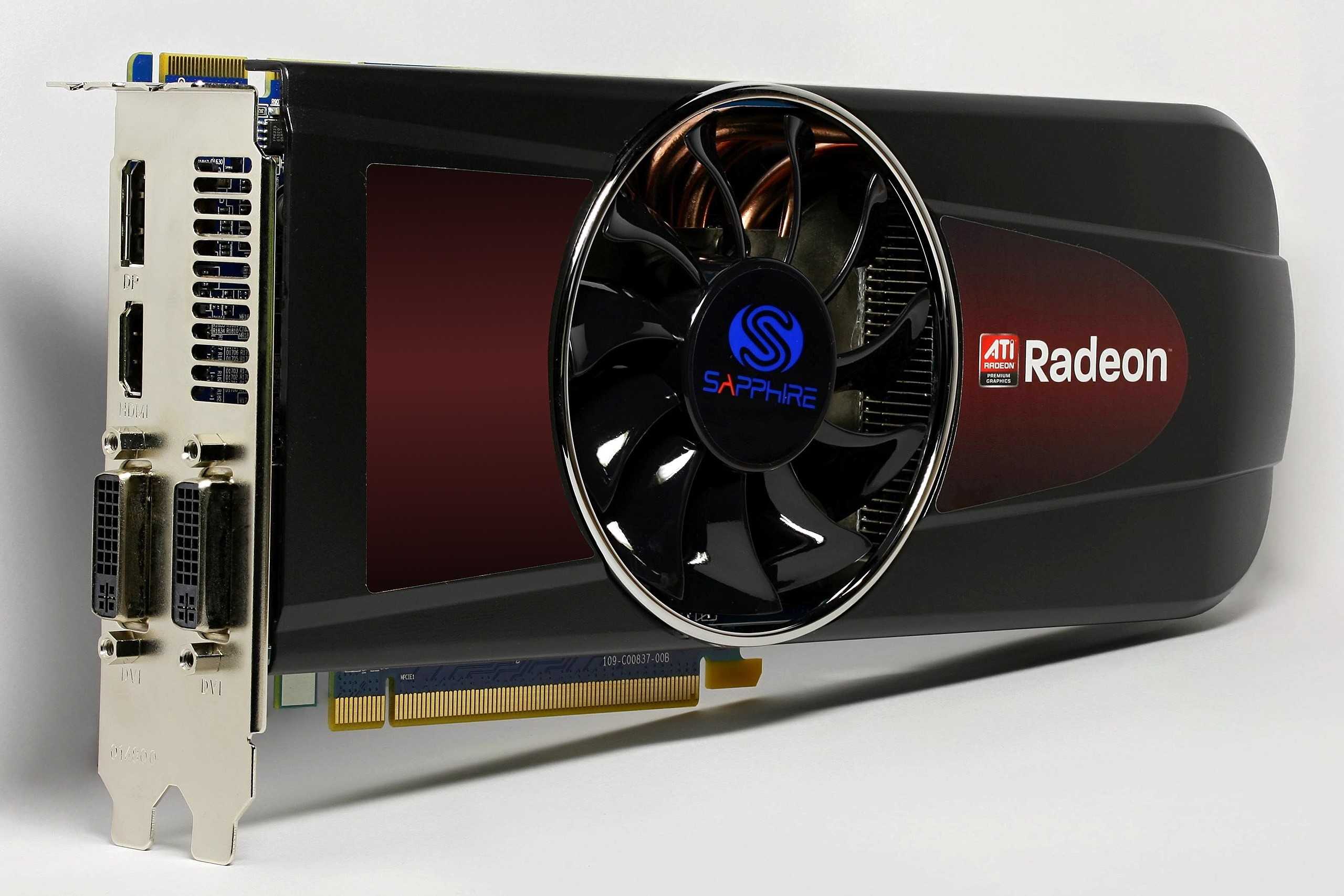
Quad-core desktop CPUs had been around since the mid-2000s, but they only became mainstream around 2010 as affordable 4-core chips from Intel and AMD spurred adoption. Processors like the Intel Core i5-760 and AMD Phenom II X4 series made it possible for most users to make the switch to quad-core CPUs. In the next 5 years, quad-core CPUs would go on to largely replace dual-core chips.
The year 2010 also saw the launch of the AMD Radeon HD 5870, a graphics card ahead of its time, thanks to phenomenal performance and support for DirectX 11. The Radeon HD 5870 became one of the fastest single-GPU cards on the market, only behind the GeForce GTX 295, which was considerably more expensive for not a lot more performance.
This was a time of intense price wars between Intel and AMD, as both raced to compete for market dominance. Even in the GPU space, we were seeing AMD and Intel adopt newer technologies and strive for giant performance leaps every generation. Compare that to 2025, when Nvidia is content with minimal generational gains with its Blackwell series GPUs .
2016: The modern GPU era begins
GTX 1080 and Radeon RX 480

Whether or not you follow PC hardware news, you probably remember Nvidia's Pascal series , and how it transformed the industry. The iconic GTX 1080 and GTX 1080 Ti (in 2017) made Nvidia the face of modern graphics, providing massive gains over the GTX 900 series. And the cheaper GTX 1060 brought affordable 1080p gaming to the masses. AMD's RX 480, along with other Polaris GPUs, also offered impressive value to consumers.
The performance leap that Pascal offered without an equivalent jump in price is probably something that will never be replicated. Sure, we have gotten bigger jumps in performance from other generations of GPUs since then, but 2016 was a time when GPUs didn't cost four digits. Many consumers still use the memorable RX 580, another great Polaris GPU that continues to offer impressive entry-level performance even today.
Nvidia might still enjoy a dominant market share in the consumer GPU space, but its products don't command nearly the same adulation from consumers. Its over-reliance on AI-generated frames and shady VRAM tactics have rubbed many loyalists the wrong way.
2017: The age of Ryzen and Pascal
Ryzen 5 1600 and GTX 1080 Ti
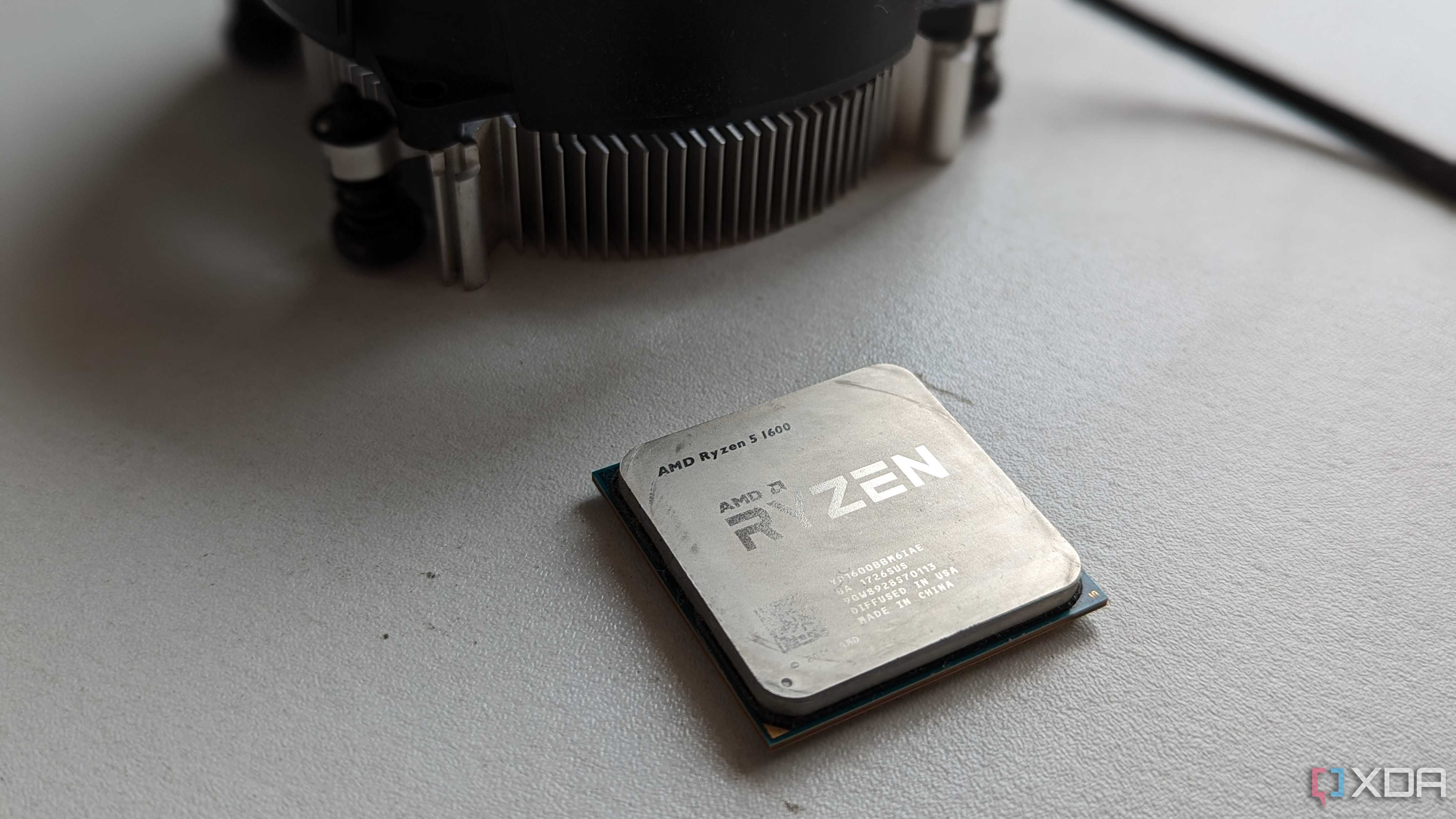
Nvidia's dominance, thanks to Pascal, continued with the launch of the even more powerful GTX 1080 Ti, which countless consumers still remember fondly (and even use it daily). The year 2017 delivered another iconic series of products, this time from AMD. The company had been struggling for years, and needed something big to stay relevant in the CPU space — the groundbreaking Zen architecture was just that. The Ryzen lineup finally brought some much-needed competition to the CPU market.
AMD was offering fantastic 6-core chips like the Ryzen 5 1600 at prices where Intel could only muster older 4-core offerings. Team Red was giving consumers what they had not received in years of Intel's complacent run — more cores for fewer dollars. Sure, AMD hadn't overtaken Intel in gaming or productivity performance, but it had paved the way to do just that.
Comparing Ryzen 1000 chips to the latest Ryzen 9000 series showcases the poor performance gains AMD is offering consumers in 2025. Zen 5 isn't called Zen 5% for nothing, and AMD needs to deliver something truly impressive with Zen 6.
2020: A great year spoiled by the pandemic
RTX 3000 and Ryzen 5000
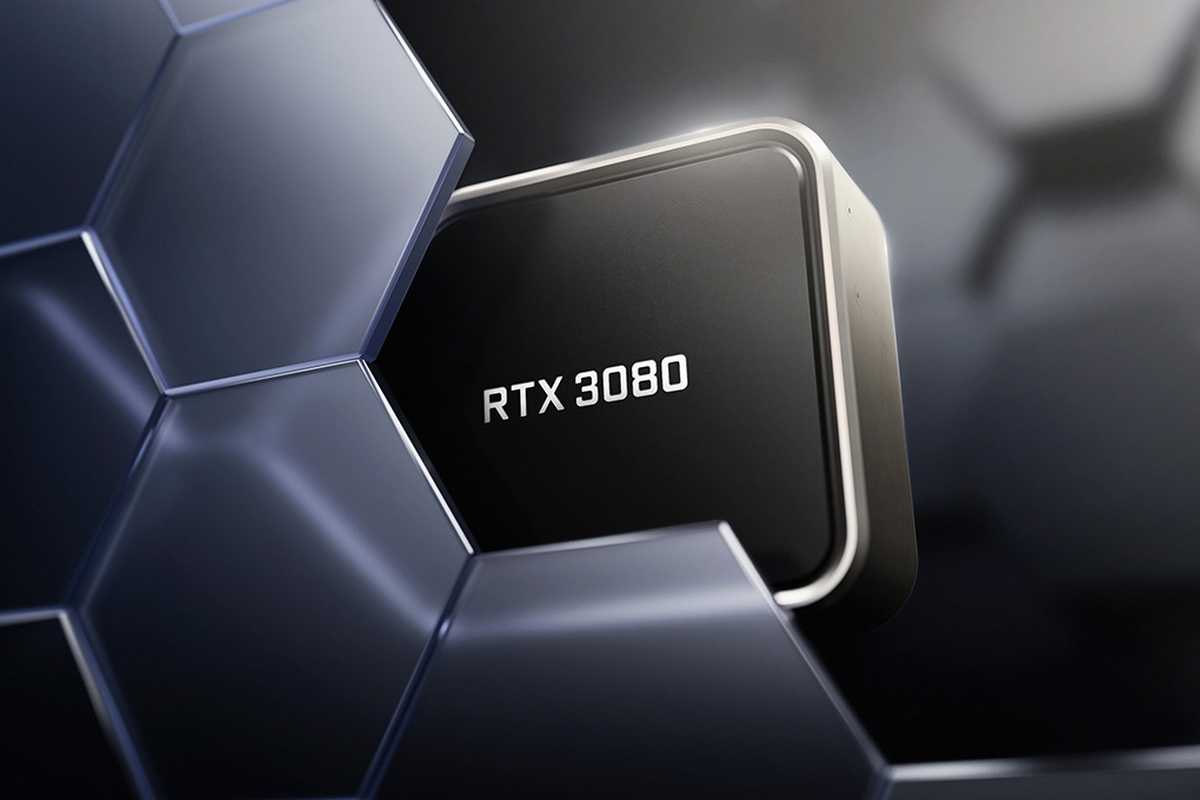
After the disappointment that was the RTX 20 series from Nvidia, the company decided to surprise everyone with its next-gen GPUs. The RTX 30 series GPUs were great products launched at the worst time imaginable. Although Nvidia promised phenomenal gains over the RTX 20 series at even more impressive prices, the pandemic played spoilsport. The silicon shortage, crumbling supply chains, and the cryptocurrency boom created the perfect storm of near-zero availability and sky-high prices.
Despite all that, those who managed to secure GPUs like the RTX 3080 at or around MSRP (including yours truly) consider themselves fortunate, since nothing like that has been seen again. The year 2020 also saw AMD finally overtake Intel in single-thread performance with Ryzen 5000 CPUs , signaling the maturity of its Zen architecture. I'm running an RTX 3080 and Ryzen 7 5700X inside my existing gaming PC, and I still miss that time, despite the adverse market conditions.
2023: The peak before everything went downhill
Ryzen 7 7800X3D and RTX 4090
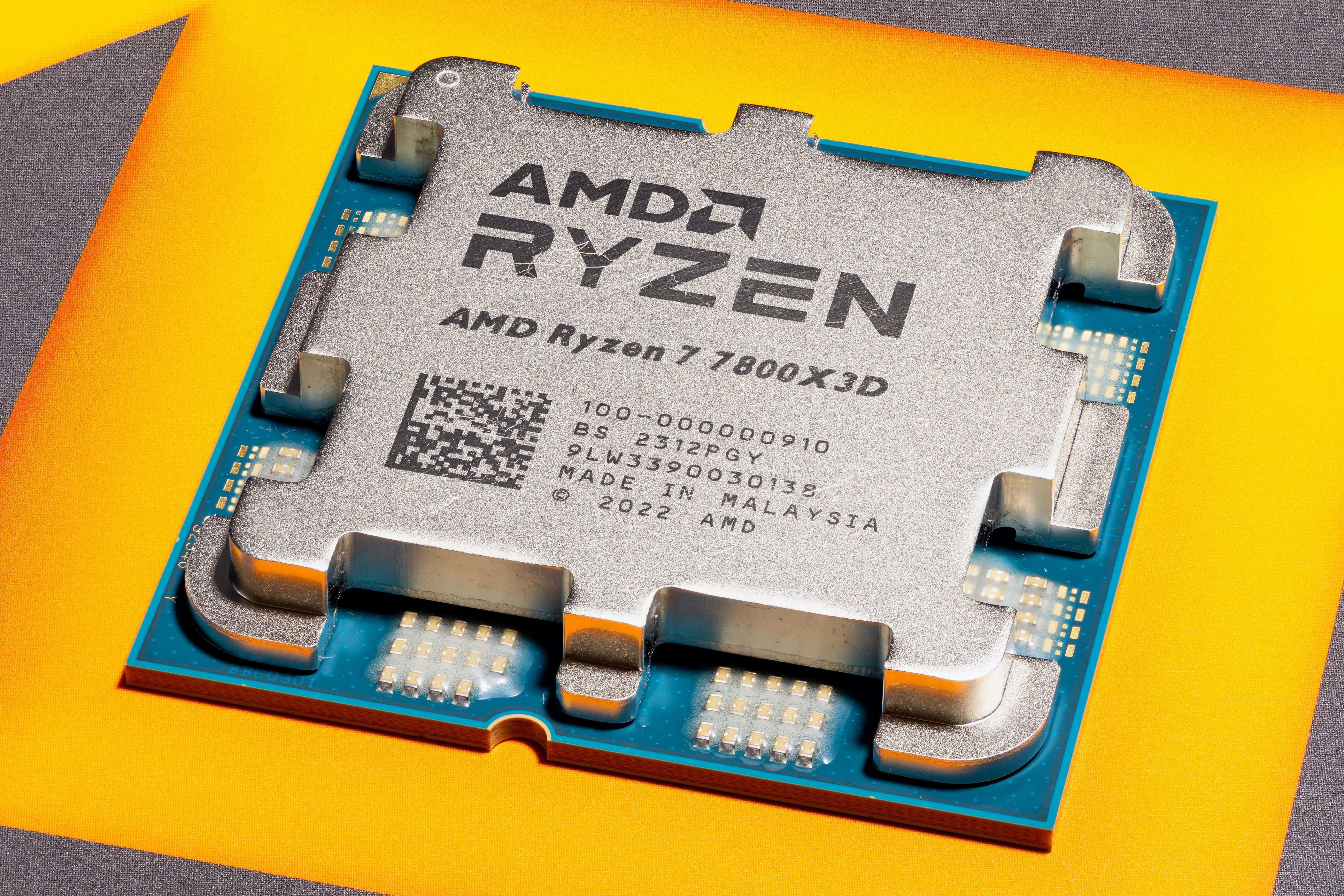
2023 saw AMD launch the successor to the popular Ryzen 7 5800X3D. The Ryzen 7 7800X3D cemented AMD's position as the go-to brand for gamers, delivering around 15% more FPS than the Core i9-14900K . Intel, on the other hand, wasn't doing bad either — chips like the Core i5-14600K offered fantastic gaming and productivity performance to mainstream consumers.
Nvidia's RTX 4090 had launched just three months ago, so it had only started to enjoy its status as the undisputed G.O.A.T. of consumer GPUs. At the same time in 2023, we had faster-than-ever Ryzen 7000 CPUs, 3D V-Cache chips for the frame-chasers, worthy Intel CPUs for mid-range buyers, and the flagship Ada Lovelace card that had comfortably beaten everything else before it.
This was the last peak for consumer hardware before things took a turn for the worse — Raptor Lake CPUs crashing left and right , Ryzen 9000 launching with a whimper, Arrow Lake taking two steps back , and the RTX 50 series doing the bare minimum. The only good things we got after 2023 were Intel's Battlemage GPUs , AMD's RX 9000 GPUs , and the Ryzen 7 9800X3D . However, no one could find the 9800X3D in stock for the first few months, and the terrible GPU prices took the wind out of the sails for Battlemage and RDNA 4.
Take me back
Nostalgia makes you forget the negatives of the past, but in the PC hardware industry, we truly are living in one of the most lackluster periods. Save for a handful of products, the overall industry is characterized by poor generational gains, unaffordable products, and more bugs than ever. It seems so long since we witnessed groundbreaking innovation, phenomenal performance gains, and affordable prices. Here's hoping I can add 2026 to this list.

Post a Comment for "6 best years for PC hardware I wish I were living in instead of 2025"